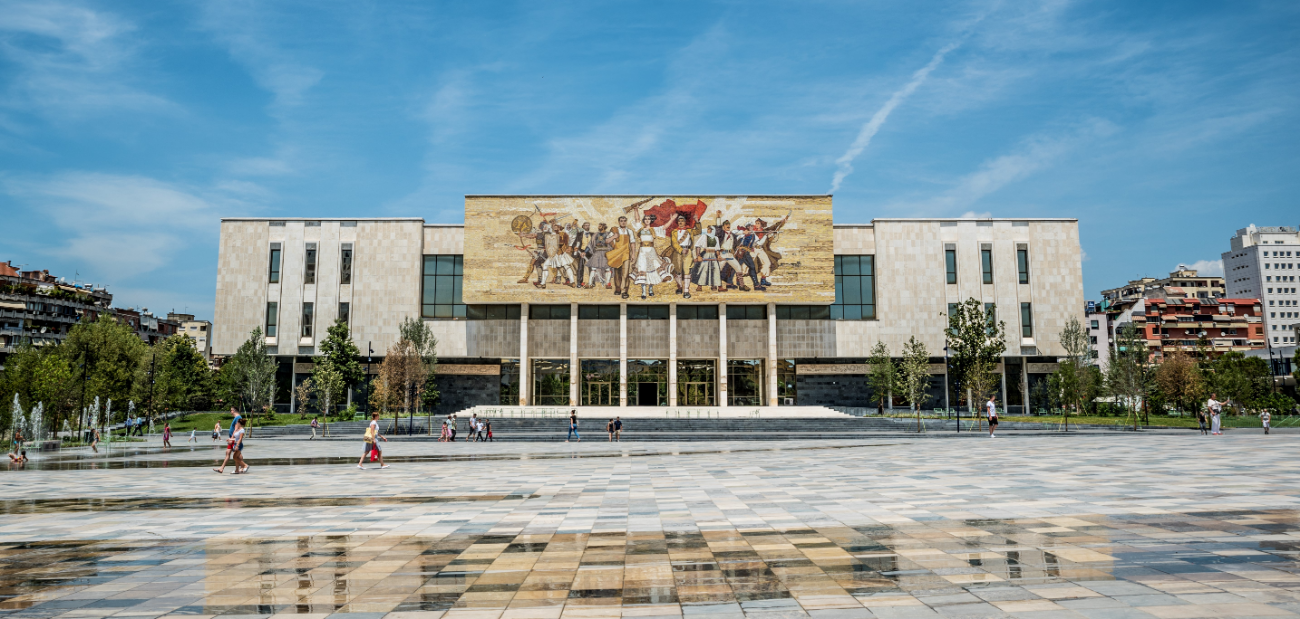National Historical Museum

The National Historical Museum was opened on the 28th of October 1981 and is the largest museum in Albania. It occupies a total area of 27.000 m2 of which 18.000 m2 is used for exhibitions. The museum is unique in its construction following a symmetrical plan with a main courtyard.
The National Historical Museum gives a taste of the harmony in aesthetic and environment, creating an example of the communist regime under Enver Hoxha.
The National Historical Museum is known for its large mosaic on the facade. The Museum exhibits over 6200 museum artefacts belonging to a relatively long period of time; ranging from IV millennium BC to the second half of XX century.
The museum consists 8 main exhibit halls; the Pavilion of Antiquity, the Medieval Period Pavilion, the Albanian National Renaissance Pavilion, the Independence Pavilion, the Second World War and of the Albanian Resistance Movement Pavilion, the Pavilion of the Communist Terror, the Iconography Pavilion and Mother Teresa Pavilion.
It was designed and built by famed Albanian architects to avoid the sense of repetition or monotony. The specialists of this building include Sokrat Mosko, Enver Faja, Nina Shehu and Petraq Kolevica.
Alongside the exhibit halls, the museum is also home to a large part of the Albanian archives and laboratories. Exposition halls have also been used as conference and assembly halls.
Opening Hours:
Spring – Summer Season (May 1st – October 15th): Monday-Sunday: 09.00 – 19.00.
Autumn – Winter Season (October 15th – May 1st): Tuesday - Saturday: 09.00 – 16.00;
Sunday: 10.00 – 15.00; Monday: Closed.
Sheshi Skënderbe
+355 4 222 3977












